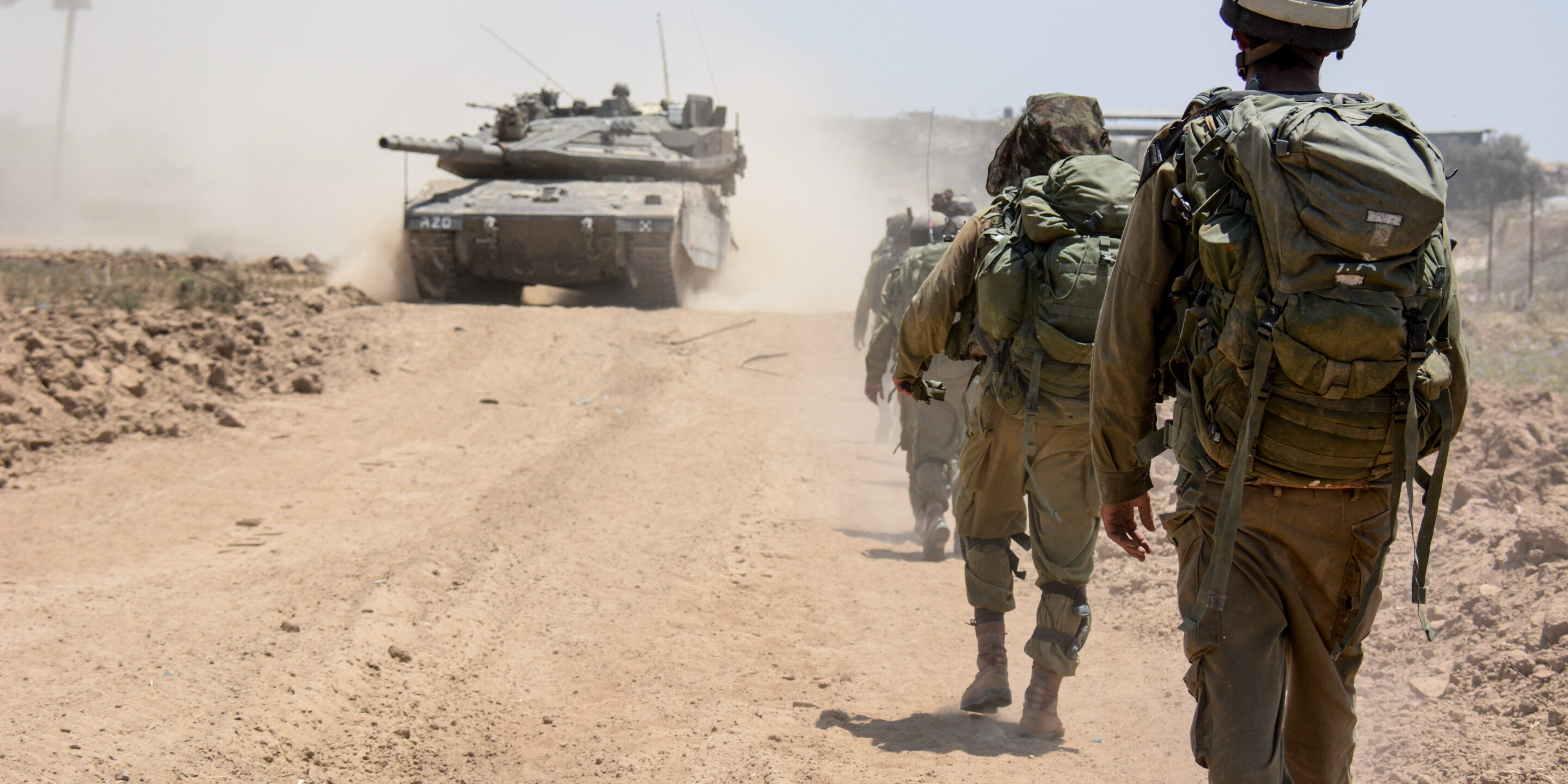February 26, 2025
Washington’s Middle East strategy is all cost, no benefit

Amonth after a drone attack killed three American troops at a US military outpost in Jordan’s borderlands with Syria, decisionmakers in DC are still contending with restricted policy options. The strike at the Tower 22 outpost came as instability ripped across the greater Middle East. Within days, the US said it retaliated with strikes on more than 85 sites in Syria and Iraq that targeted Iran’s Islamic Revolutionary Guards Corps (IRGC) Quds force and “affiliated” militias. As the risk of greater conflict looms, the violence has revealed the growing constraint on America’s foreign policy choices in the Middle East as a result of maintaining active troop deployments.
As Israel’s war in the Gaza Strip continues and tensions in the Red Sea worsen, it is high time for the US to discuss the withdrawal of its troops from the Middle East—a region where their lives are threatened thanks to ongoing conflicts and instability.
In considering the costs and benefits of troop deployments, the recent American casualties were not incurred in the pursuit of actively protecting American security interests in the region. Thus, it is crucial to evaluate why maintaining these troops was worth the risk and the cost in the first place. In the words of US Defense Secretary Lloyd Austin, American troops in Syria, Jordan, and Iraq remain in place to ensure the territorial defeat of the Islamic State in Iraq and Syria (ISIS). But ISIS’s capabilities have been far diminished since they were largely defeated on the battlefield years ago.
More on Middle East

November 4, 2025

November 4, 2025
Events on Grand strategy







